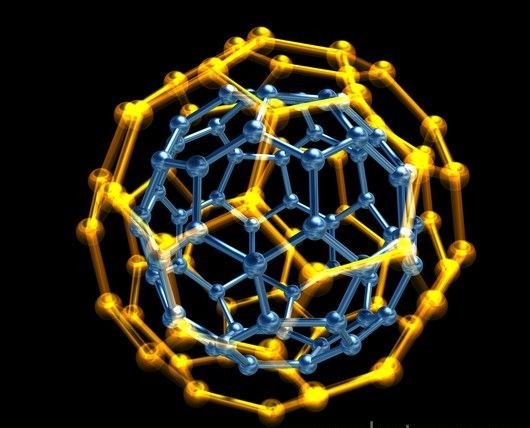You will need
- periodic table of chemical elements;
- - scales;
- calculator.
Instruction
1
Knowing of such magnitude as the amount of substance ν, find the number of molecules in it. For this purpose, the amount of substance measured in moles, multiply by Avogadro's constant (NA=6,022∙10^23 1/mol), which is equal to the number of molecules in 1 mole of substance N=ν/ PA. For example, if you have 1.2 moles of salt, then it contains N=1,2∙6,022∙10^23 ≈7,2∙10^23 molecules.
2
If you know the chemical formula of the substance using the periodic table of elements, find its molar mass. For this table to find relative atomic masses of the atoms from which moleculesand fold them. The result is a relative moleculesarnow material mass, which is numerically equal to its molar mass in grams per mole. Then, the balance measure the mass of the test substance in grams. To find the number of molecules in a substance, multiply the mass of the substance m on Avogadro's constant (NA=6,022∙10^23 1/mol) and divide the result by the molar mass M (N=m∙ PA/M).
3
Example Determine the number of moleculescontained in 147 g of sulfuric acid. Find the molar mass of sulfuric acid. Her moleculesand consists of 2 atoms of hydrogen one atom of sulfur and 4 atoms of oxygen. Their atomic mass is equal to 1, 32 and 16. Relative moleculesmass is equal Arna 2∙1+32+4∙16=98. It is equal to molar mass, so M=98 g/mol. Then the number of moleculescontained in 147 g of sulfuric acid, is N=147∙6,022∙10^23/98≈9∙10^23 molecules.
4
To find the number of molecules of gas in normal conditions at a temperature of 0 ° C and a pressure of 760 mm Hg. post, find its volume. To do this, measure or calculate the volume of the container V, in which it is in liters. To find the number of molecules of gas, divide the volume by 22.4 l (volume of one mole of gas under normal conditions), and multiply by Avogadro's number (NA=6,022∙10^23 1/mol) N= V∙ PA/22,4.
